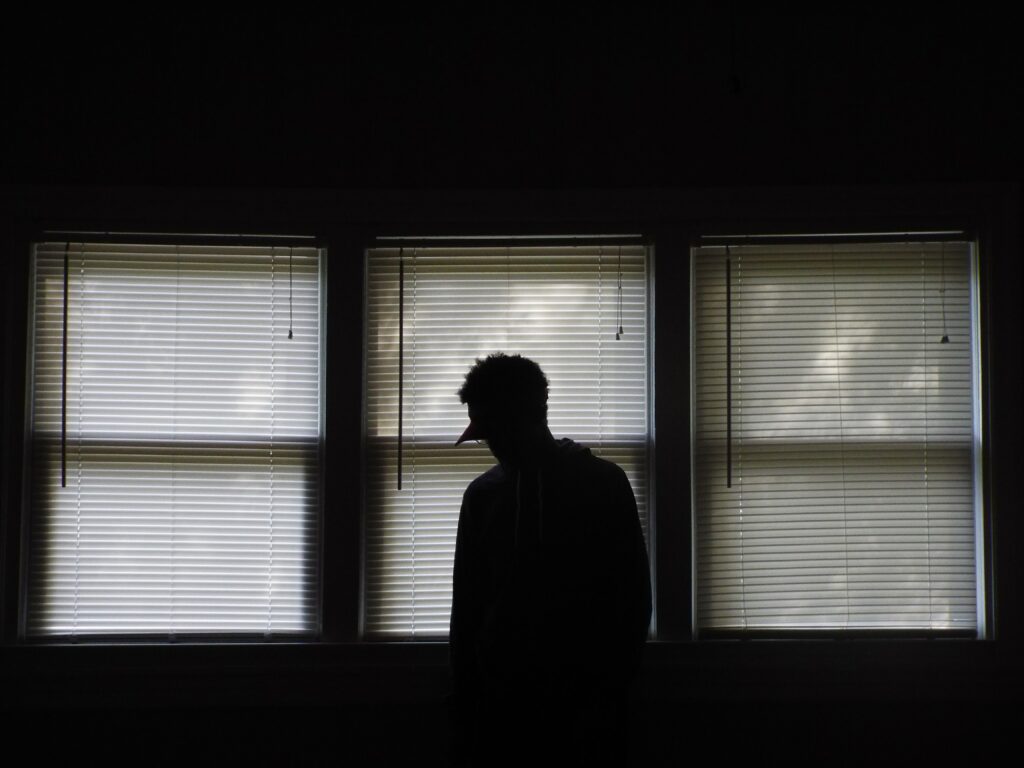There Goes the Sun

In the late 60s, the Beatles popularized a song entitled “Here Comes the Sun.” George Harrison, the Beatle who wrote the song, wrote in his autobiography years later that “it seems as if winter in England goes on forever. By the time spring comes you really deserve (the sun).” As much as I agree with Harrison and enjoy the coming of spring, by the time fall rolls around I find myself humming a different tune: “There Goes the Sun.”
After the first day of summer, June 21st in the northern hemisphere, the sun begins its steady retreat toward the equator. There is less sunlight every day which means darkness sticks around longer in the mornings and it gets dark earlier in the evenings. Most of us don’t notice this shrinking of daylight until September or October and especially after Daylight Savings Time ends.
So what is it about fall and the shorter days of sunlight that has such a big impact on so many of us? You may be a person whose brain is sensitive to the changes in light which can in turn trigger symptoms of depression or mania. This condition is known as Seasonal Affective Disorder or SAD. Some people experience symptoms only in the fall and winter but SAD can happen in the spring as well. Those of us who have a mental health diagnosis in addition to SAD may start experiencing rapid cycling, mania or depression symptoms when the seasons change.
Although I find that medication, therapy and wellness tools keep me stable most of the year, when the calendar turns to September I begin noticing changes in my mood and behavior. The biggest change by far is that I get intense cravings for sweets and carbohydrates. I find myself sleeping longer and having more trouble getting out of bed.
Throughout the fall and winter I have less energy and motivation. I get anxious and stressed more easily than at other times of the year. With the arrival of Thanksgiving and Christmas in late fall there is the added stress of managing my mental health in the whirlwind of social expectations and added responsibilities.
There are several things I’ve found to be helpful in managing my SAD symptoms. I use these in addition to working with my therapist and taking medication.
* Sitting in front of a light box every morning for 30 minutes. As light passes through the eyes it stimulates part of the brain that tells us to wake up, helping us feel more alert, energized and motivated. (Therapy lamps can be well over $100 but I’ve purchased two at a reasonable price on Amazon: The Nature Bright Light Therapy and Wake-up Light that is portable and the Nature Bright Light and Ion Therapy Lamp. Just make sure the lamp you purchase is full-spectrum or has at least 10,000 Lux of illumination).
* Getting outside for a walk, even on cold days, to take advantage of the natural sunlight.
* Taking vitamin D3 and a B-complex every day, both of which give me more energy. They can also help increase the amount of serotonin in the brain which helps improve our mood, appetite and sleep.
* And although I admit I don’t use these wellness tools as much as I should, exercise and eating a healthy diet can improve symptoms of depression. They can also help prevent weight gain from overeating.
More than anything, I want you to know that you’re not just imagining the unsettling symptoms you experience in the fall and winter. Decreased exposure to natural light as the days grow shorter has a significant impact on the hormones and chemicals in your brain that influence how you feel. By replacing this natural light, whether through a light box or sunlight, and by doing your own research to find other natural or medical treatments, I hope you will experience fewer symptoms and can enjoy the fall season.



